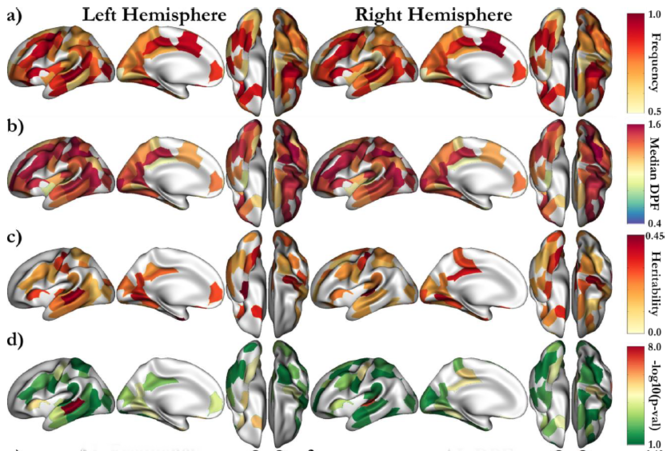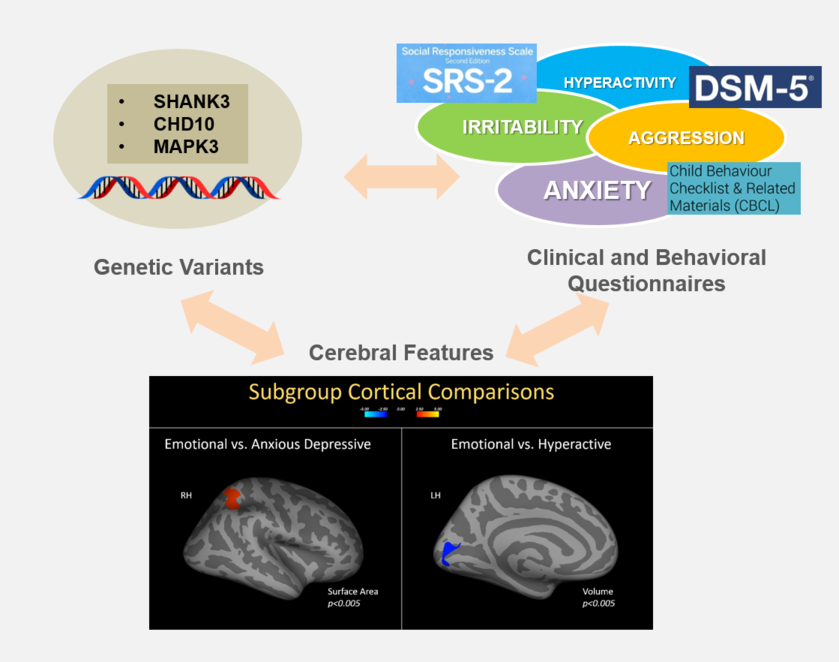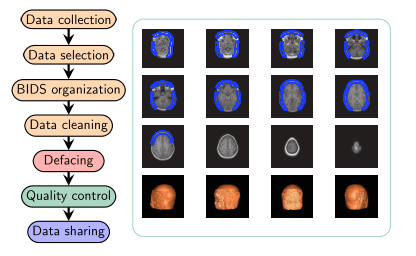
The asymmetry of the superior temporal sulcus (STS) has been identified as a species-specific feature of the human brain. The so-called superior temporal asymmetrical pit (STAP) area is observed from the last trimester of gestation onwards and is far less pronounced in the chimpanzee brain....

Gray and white matter volumes are known to reduce with age. This cortical shrinkage is visible on magnetic resonance images. Using the UK Biobank dataset, we replicated this finding and studied the genetic influence on these cortical features of aging....

Pits or sulcal roots are the starting marks of the sulcation process on the brain of foetus which occurs in the third semester of gestation. They have for long been assumed to be under tight genetic control, but this was never quantified. Pits are still visible in adult MR images of the brain and we studied them in the Human Connectome Project twin cohort....

This research involves using neuroimaging techniques genetics to study psychiatric and neurodevelopmental disorders, with a particular interest in autism spectrum disorder (ASD)...

Brain tumor is the most frequently encountered pediatric tumor. The Herby project, lead by the Institut Gustave Roussy, aims at applying radiomic, and further genomic, analysis on pediatric glioma and invasive brain stem glioma....




